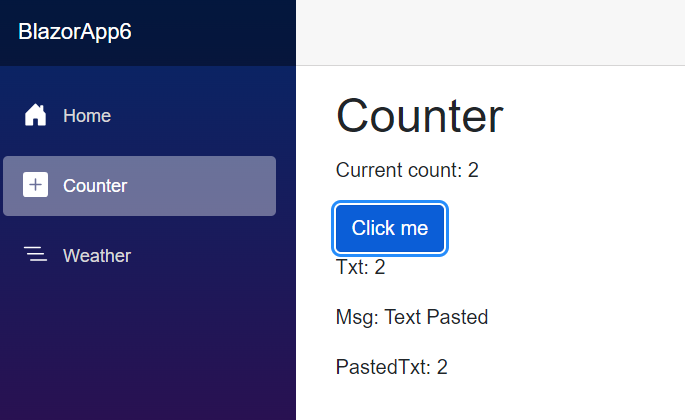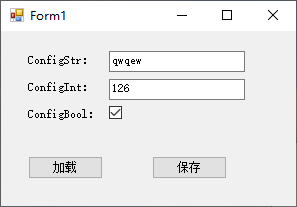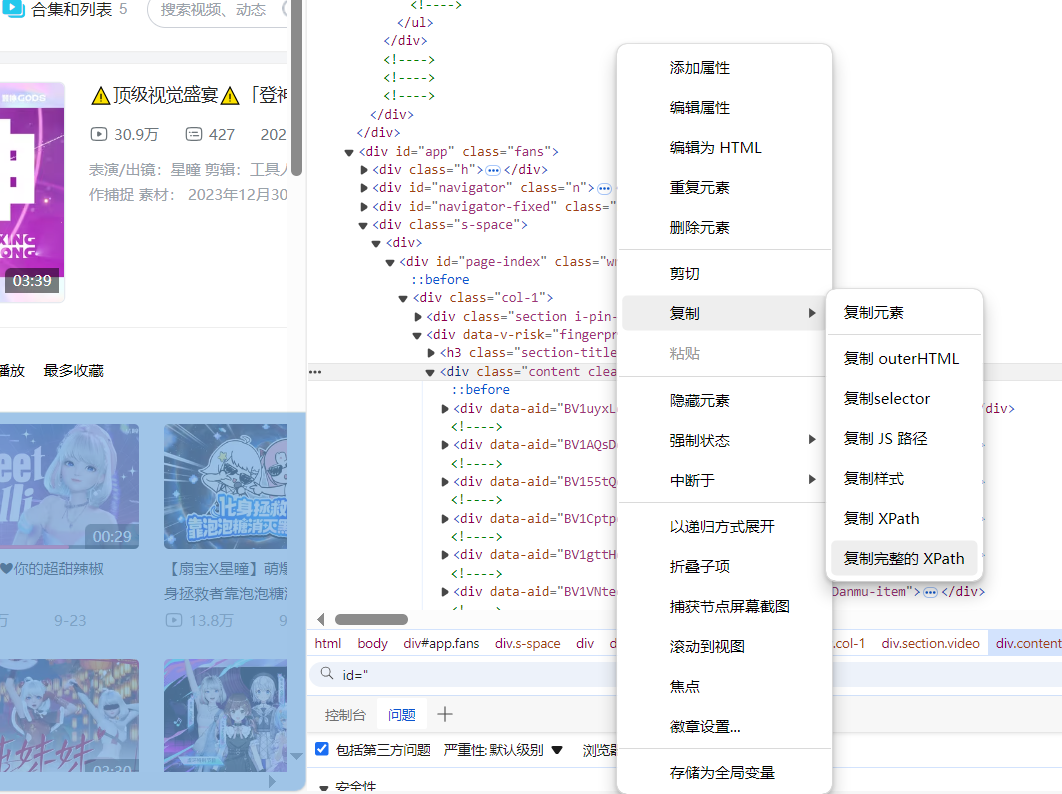这些是我的类:
class mainViewModel
{
public List<Foo> F { get; set; }
public mainViewModel()
{
F=new List<Foo>()
{
new Foo(new Animal(){Name = "Cat"}),new Foo(new Animal(){Name = "Dog"}),new Foo(new Animal(){Name = "Camel"})
};
}
}
public class Foo
{
public Animal Animal { get; set; }
public Foo(Animal animal)
{
Animal = animal;
}
}
public class Animal
{
public string Name { get; set; }
}
这是我的MainWindow Xaml代码:
<TabControl ItemsSource="{Binding Path=F}">
<TabControl.ItemTemplate>
<DataTemplate>
<TextBlock Text="{Binding Animal.Name}"/>
</DataTemplate>
</TabControl.ItemTemplate>
<TabControl.ContentTemplate>
<DataTemplate>
<TextBlock Text="Something 1"/>
</DataTemplate>
</TabControl.ContentTemplate>
</TabControl>
现在显然我将为List F中的每个项目创建一个TabControl,并且所有TabControl页面都有一个TextBlock Something 1,如下所示:
我想要的只是设计其中一个页面.比如在名为Something 3的Camel页面中添加新按钮.
解决方法
根据以上评论:
为每个Tab创建一个特定的ViewModel类:
public class Tab1: ViewModelBase
{
//... functionality,properties,etc
}
public class Tab2: ViewModelBase
{
//... functionality,etc
}
public class Tab3: ViewModelBase
{
//... functionality,etc
}
然后为每个创建一个特定的视图(通常以UserControls的形式):
<UserControl x:Class"UserControl1" ...> <!-- UI Elements,etc --> </UserControl> <UserControl x:Class"UserControl2" ...> <!-- UI Elements,etc --> </UserControl> <UserControl x:Class"UserControl3" ...> <!-- UI Elements,etc --> </UserControl>
然后为每个ViewModel类型创建DataTemplates并将这些UserControl放入其中:
编辑:这些应该在Application.Resources下的App.xaml中定义:
<Application ....>
<Application.Resources>
<DataTemplate DataType="{x:Type local:ViewModel1}">
<local:UserControl1/>
</DataTemplate>
<DataTemplate DataType="{x:Type local:ViewModel2}">
<local:UserControl2/>
</DataTemplate>
<DataTemplate DataType="{x:Type local:ViewModel3}">
<local:UserControl2/>
</DataTemplate>
</Application.Resources>
</Application>
最后,放一个ObservableCollection< ViewModelBase>在您的主ViewModel中添加以下项:
public ObservableCollection<ViewModelBase> Tabs {get;set;} //Representing each Tab Item
public MainViewModel() //Constructor
{
Tabs = new ObservableCollection<ViewModelBase>();
Tabs.Add(new ViewModel1());
Tabs.Add(new ViewModel2());
Tabs.Add(new ViewModel2());
}




